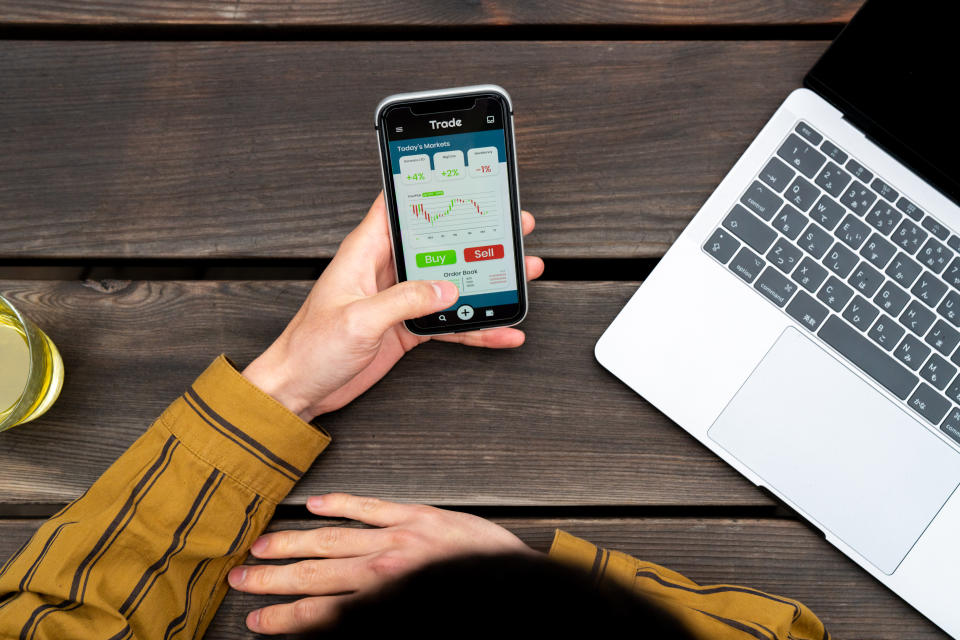Is it finally time to start buying stocks?

If you are in the stock market and are worried about the stock market sell off — don’t panic.
If you’re not in the stock market, it might be time to think about getting in.
Sure, the market can go down further but timing the entry point into stocks is really hard.
History shows that market-timers miss some of the biggest rise-days for stocks so when big sell offs happens it is a chance to get a good start into becoming an investor in stocks.
This chart shows why stocks return about 10 per cent per annum or more over a 10-year period.

The blue line shows the Australian stock market as measured by the S&P/ASX 200 Index. Importantly, it is on a nice rising trend, despite some serious crashes in 1974, 1987 and 2008.
There were other smaller crashes and corrections but the persistent rising trend re-emerges.
This actually shows that if someone had invested $10,000 into a product like an exchange traded fund (or ETF) for the above Index and had re-invested the dividends, he or she would have received $453,166 in 2009.
Why did I choose 2009?
Well, that was one year after the 2008 GFC crash, which took the stock market down around 50 per cent.
In the period of March to December, the market rebounded around 36 per cent, which means if a new person to investing started in 2009 they might have made over 30 per cent in one year.
And even now, with our market down around 30 per cent, the gains that person would have made would be about 50 per cent on higher stock prices plus 11 years of dividends worth around 50 per cent, so that’s about 100 per cent over 11 years or about 9 per cent per annum.
Not bad returns for just simply believing in the top 200 companies on the Australian stock exchange.
These ETFs are created by the likes of Vanguard, iShares, BetaShares and State Street Global Advisors and have the ticker codes of VAS, IOZ, A200 and STW.
There are also ETFs that actually try to maximise the income from shares but also get some capital gains from rising stocks prices. Vanguard has VHY and Contango Asset Management looks after one for me called SWTZ.
If you don’t want to go into an ETF, it’s a good time to buy some of our top 20 stocks because the Coronavirus has decimated their prices but if you give yourself a year or so, their share prices are bound to make a comeback.
Be aware that stocks could still fall from here but the stock market history, here in Australia, shows that after a crash, our stock market rebounds anywhere between 30 per cent and a whopping 80 per cent!
I often tell people that time in the market is the most important aspect of building wealth, as the blue line shows in the chart above, but time-in and timing as well on top can lead to great windfall returns.
Good luck!
Make your money work with Yahoo Finance’s daily newsletter. Sign up here and stay on top of the latest money, news and tech news.
Follow Yahoo Finance Australia on Facebook, Twitter, Instagram and LinkedIn.

 Yahoo Finance
Yahoo Finance 
